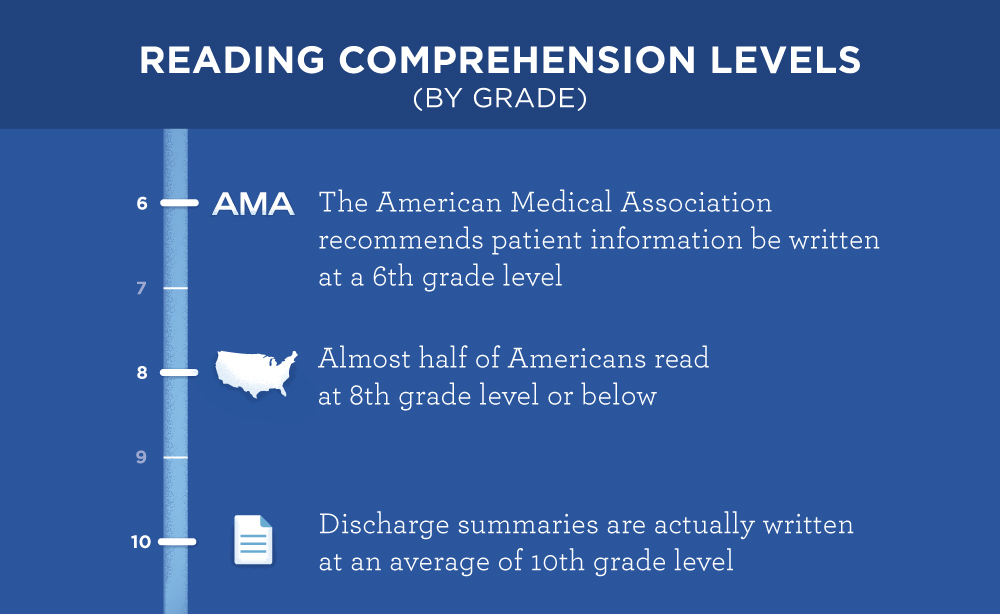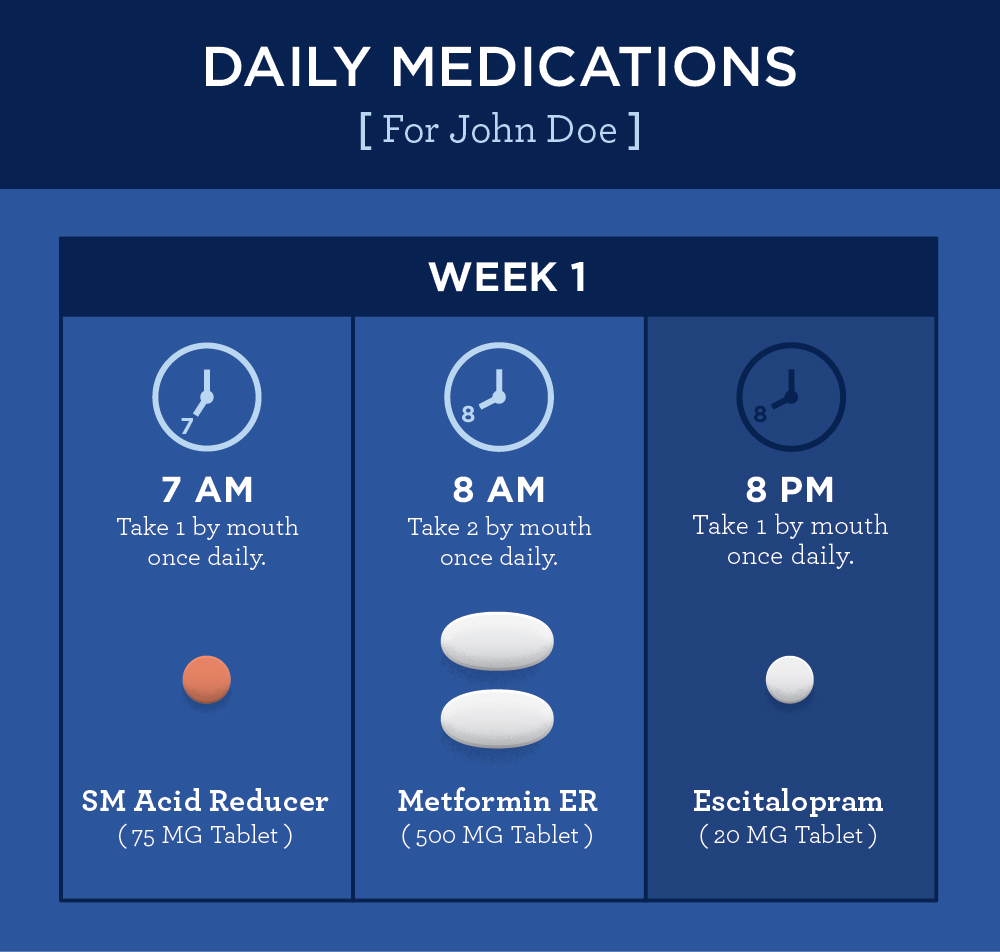A recently diagnosed diabetic comes into the emergency room with sky-high blood sugars. He swears he’s been doing his insulin injections as instructed.
Upon further questioning, the emergency room nurses learn that rather than injecting himself with the insulin, the man has been injecting it into oranges, which he’d then eat.
The pharmacist who educated the man about his diabetes had encouraged him to practice injections on oranges. The patient missed the distinction in the avalanche of information about his diagnosis.
“Patient education is a big part of our jobs as pharmacists, but it’s also the toughest,” explains pharmacist Molly Mortenson, who shared the story above as told by a college professor.
“We only have so much time for consultation, patients have limited attention spans, and there’s a lot for them to remember. We’re required to provide written information with some high-risk prescriptions, but how many people really read and understand all of it?”
What if the diabetes educator had given the man illustrated step-by-step instructions (an infographic) on how to administer his insulin? What if she’d emailed him a video of the proper procedure after his consultation?
Using visuals in healthcare can improve the quality of life for patients and save the healthcare industry millions of dollars per year.
Provider-patient communication barriers
Medical professionals simply don’t have enough time. When they’re able to devote a few minutes to patient education, doctors, nurses, and pharmacists use communication strategies such as teach-back (having a patient explain back the instructions they’ve been given). However, even the most practical verbal communication methods aren’t as effective as they would be when coupled with visual aids, especially for patients with communication barriers.
During a hurried consultation or hand-off of written information, a healthcare provider may not be aware of factors affecting a patient’s ability to understand. For example, elderly patients may hesitate to admit if their hearing or vision is hindering comprehension. Individuals who aren’t fluent in English might be embarrassed to ask for translation.
Illiteracy is another barrier to comprehension in patients, and the problem may be more widespread than many realize. Nearly half of American adults demonstrate low levels of literacy. Due to stigma, these individuals may avoid sharing their difficulty with healthcare providers.
Even for patients with average literacy, medical information is difficult to understand. The American Medical Association recommends providers write hospital discharge summaries at a 6th grade comprehension level, but the average summary ranks at a 10th grade level.

Consequences of confusion
According to a recent study published in the American Journal of Surgery, less than 25% of patients leaving the hospital understand the follow-up care instructions they’re given. (This statistic excludes non-English speakers.)
This lack of comprehension negatively affects patient health, sometimes in life-threatening ways. Patients’ struggle to understand discharge information also adds more than $73 billion in costs to health systems each year. As a result of their misunderstanding, patients more frequently seek emergency care, are readmitted more often, and spend longer periods in the hospital.
The researchers who conducted this study had several recommendations for healthcare providers to improve patient understanding. The first suggestion: Add illustrations.
The opportunity for visuals in healthcare

Think of the airplane safety card – visual instructions designed for passengers to understand regardless of language ability or familiarity with air travel.
Why not use similar guides for diabetes management, proper inhaler use, physical therapy exercises, and other self-care procedures? Why not create illustrated medication schedule templates?
Patients shouldn’t leave the hospital with pages of medical jargon. They should go home armed with easy-to-understand visual guides emphasizing the information they need.
The options for visuals in healthcare are endless, and we’re ready to help you get started. Contact Lemonly today to learn more about our services and their potential.
Sources:
Healthcare Business Tech
Medscape
Rendia
Psychological Science Journal
National Health Information Center


